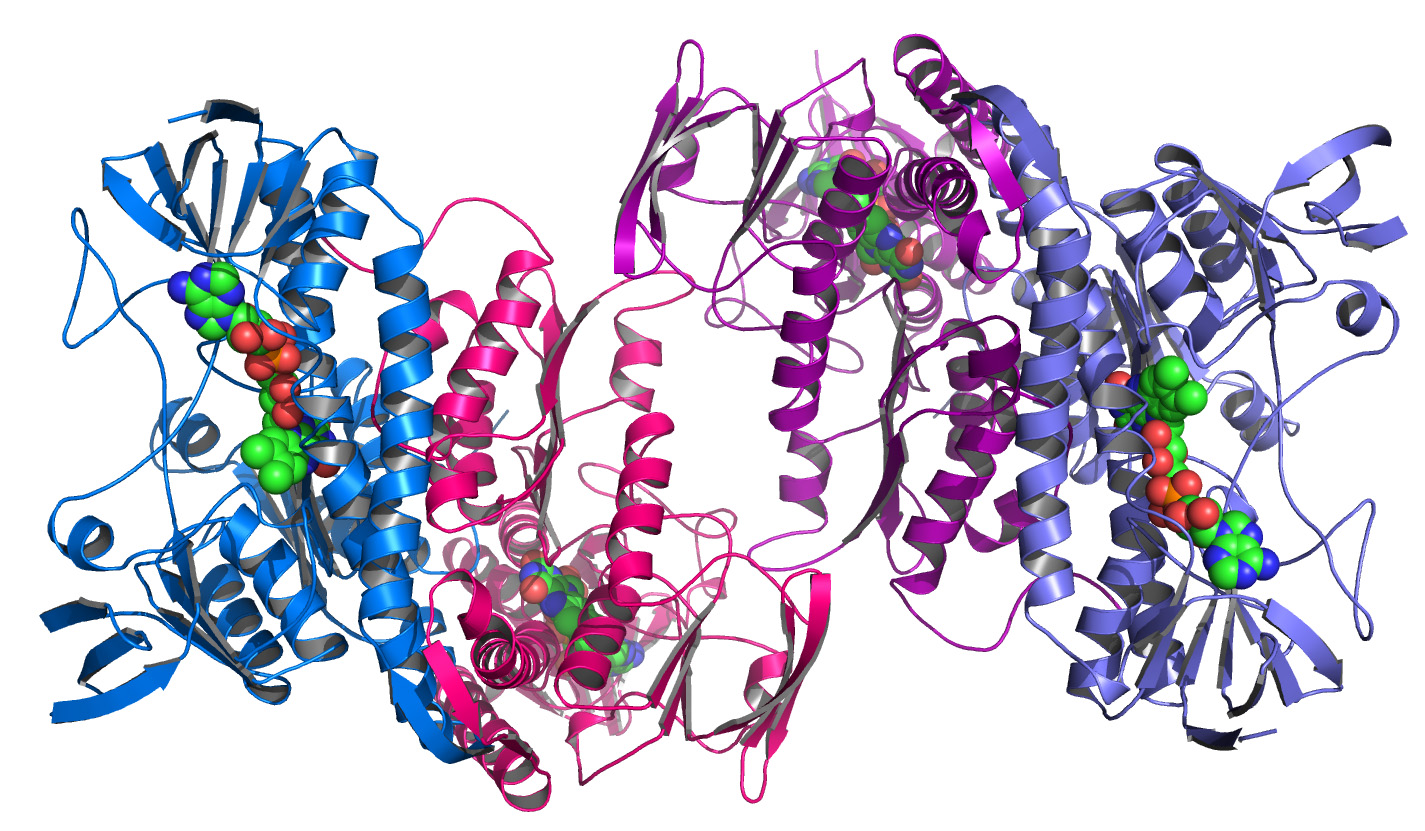The United Kingdom is plotting a visionary strategy that will put its treasured National Health Service (NHS) at the heart of the new revolution in genomics-based medical care.
From Technology Review:
By sequencing the genomes of 100,000 patients and integrating the resulting data into medical care, the U.K. could become the first country to introduce genome sequencing into its mainstream health system. The U.K. government hopes that the investment will improve patient outcomes while also building a genomic medicine industry. But the project will test the practical challenges of integrating and safeguarding genomic data within an expansive health service.
Officials breathed life into the ambitious sequencing project in June when they announced the formation of Genomics England, a company set up to execute the £100 million project. The goal is to “transform how the NHS uses genomic medicine,” says the company’s chief scientist, Mark Caulfield.
Those changes will take many shapes. First, by providing whole-genome sequencing and analysis for National Health Service patients with rare diseases, Genomics England could help families understand the origin of these conditions and help doctors better treat them. Second, the company will sequence the genomes of cancer patients and their tumors, which could help doctors identify the best drugs to treat the disease. Finally, say leaders of the 100,000 genomes project, the efforts could uncover the basis for bacterial and viral resistance to medicines.
“We hope that the legacy at the end of 2017, when we conclude the 100,000 whole-genome sequences, will be a transformed capacity and capability in the NHS to use this data,” says Caulfield.
In the last few years, the cost and time required to sequence DNA have plummeted (see “Bases to Bytes”), making the technology more feasible to use as part of clinical care. Governments around the world are investing in large-scale projects to identify the best way to harness genome technology in a medical setting. For example, the Faroe Islands, a sovereign state within the Kingdom of Denmark, is offering sequencing to all of its citizens to understand the basis of genetic diseases prevalent in the isolated population. The U.S. has funded several large grants to study how to best use medical genomic data, and in 2011 it announced an effort to sequence thousands of veterans’ genomes. In 1999, the Chinese government helped establish the Beijing Genomics Institute, which would later become the world’s most prolific genome institute, providing sequences for projects based in China and abroad (see “Inside China’s Genome Factory”).
But the U.K. project stands out for the large number of genomes planned and the integration of the data into a national health-care system that serves more than 60 million people. The initial program will focus on rare inherited diseases, cancer, and infectious pathogens. Initially, the greatest potential will be in giving families long-sought-after answers as to why a rare disorder afflicts them or their children, and “in 10 or 20 years, there may be treatments sprung from it,” says Caulfield.
In addition to exploring how to best handle and use genomic data, the projects taking place in 2014 will give Genomics England time to explore different sequencing technologies offered by commercial providers. The San Diego-based sequencing company Illumina will provide sequencing at existing facilities in England, but Caulfeld emphasizes that the project will want to use the sequencing services of multiple commercial providers. “We are keen to encourage competitiveness in this marketplace as a route to bring down the price for everybody.”
To help control costs for the lofty project, and to foster investment in genomic medicine in the U.K., Genomics England will ask commercial providers to set up sequencing centers in England. “Part of this program is to generate wealth, and that means U.K. jobs,” he says. “We want the sequencing providers to invest in the U.K.” The sequencing centers will be ready by 2015, when the project kicks off in earnest. “Then we will be sequencing 30,000 whole-genome sequences a year,” says Caulfield.
Read the entire article here.
Image: Argonne’s Midwest Center for Structural Genomics deposits 1,000th protein structure. Courtesy of Wikipedia.

